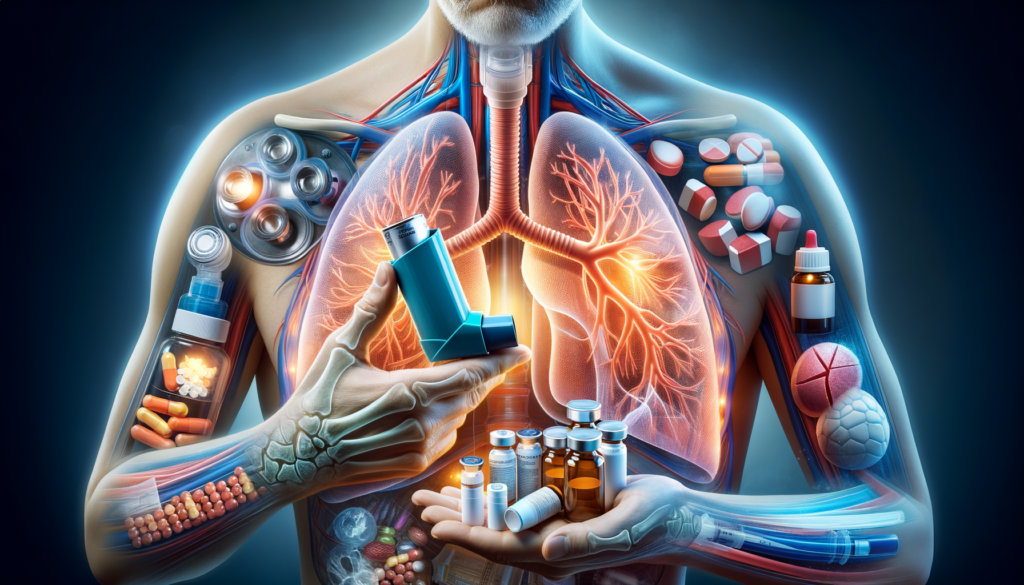The Technology Blog

Modern Ways to Ease COPD Symptoms for People Living in the USA
Understanding COPD: A Growing Concern
Chronic Obstructive Pulmonary Disease (COPD) is a progressive lung disease that makes breathing increasingly difficult over time. It primarily encompasses two main conditions: emphysema and chronic bronchitis. In the USA, COPD is recognized as a leading cause of morbidity and mortality, affecting millions of individuals. Understanding the nature of COPD is crucial for effective management and treatment.
The primary risk factor for COPD is smoking, but other factors include long-term exposure to air pollutants, genetic predispositions, and respiratory infections. The symptoms often include persistent cough, wheezing, shortness of breath, and frequent respiratory infections. These symptoms can severely impact daily activities and reduce the quality of life.
Early diagnosis and treatment are essential to slow the progression of the disease. Healthcare providers often use a combination of lung function tests, imaging, and patient history to diagnose COPD. Once diagnosed, patients can explore various treatment options to manage symptoms and improve their overall health.
Modern Treatment Options for COPD
With advancements in medical science, several modern treatment options have emerged to help manage COPD symptoms effectively. These treatments aim to improve lung function, reduce flare-ups, and enhance the quality of life for patients.
One common approach involves the use of bronchodilators, which help relax the muscles around the airways, making breathing easier. These can be short-acting for immediate relief or long-acting for ongoing management. Inhaled steroids are also used to reduce inflammation in the airways, further aiding in symptom control.
For those with severe COPD, pulmonary rehabilitation programs offer a comprehensive approach to management. These programs include exercise training, nutritional advice, and education, empowering patients to take control of their condition. Additionally, oxygen therapy may be prescribed for individuals with low blood oxygen levels, helping to alleviate breathlessness and improve energy levels.
Innovative treatments such as lung volume reduction surgery or even lung transplants are considered in extreme cases where other treatments fail to provide relief. These options are typically reserved for patients with advanced COPD and are evaluated on a case-by-case basis.
Lifestyle Changes and Support Systems
In addition to medical treatments, lifestyle changes play a vital role in managing COPD symptoms. Quitting smoking is the most crucial step a patient can take, as it can significantly slow disease progression and improve lung function. Patients are encouraged to avoid exposure to lung irritants such as dust, fumes, and strong odors.
Regular physical activity is highly beneficial for COPD patients, as it helps maintain muscle strength and overall fitness. Simple exercises like walking, cycling, or swimming can enhance endurance and reduce symptoms. Patients should consult their healthcare provider to tailor an exercise program that suits their capabilities and needs.
Support systems, including family, friends, and support groups, provide emotional and practical assistance. Joining a COPD support group can offer patients a sense of community and understanding, where they can share experiences and coping strategies.
Nutrition also plays a pivotal role in managing COPD. A balanced diet rich in fruits, vegetables, lean proteins, and whole grains supports overall health and energy levels. Staying hydrated and maintaining a healthy weight are additional factors that can positively influence COPD management.









